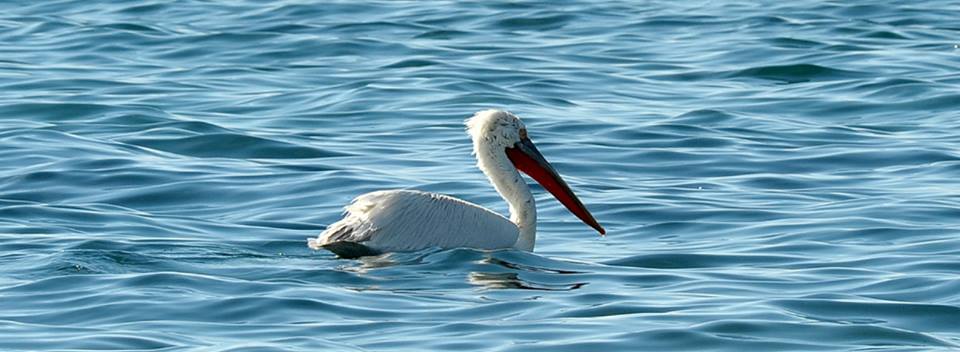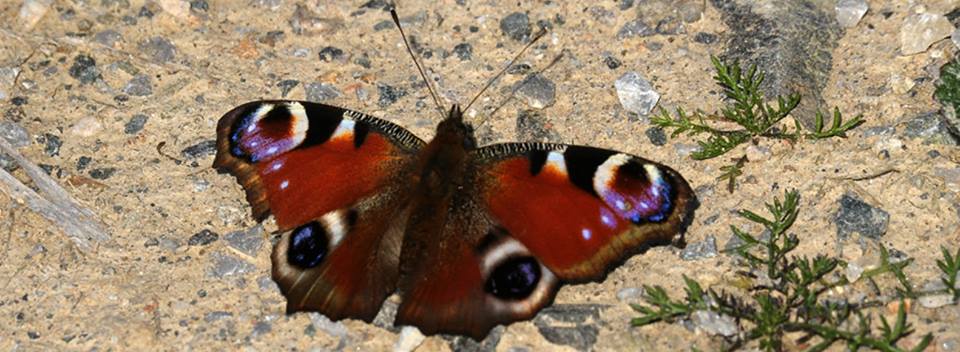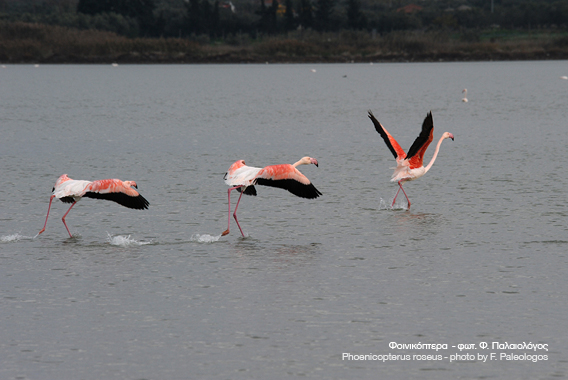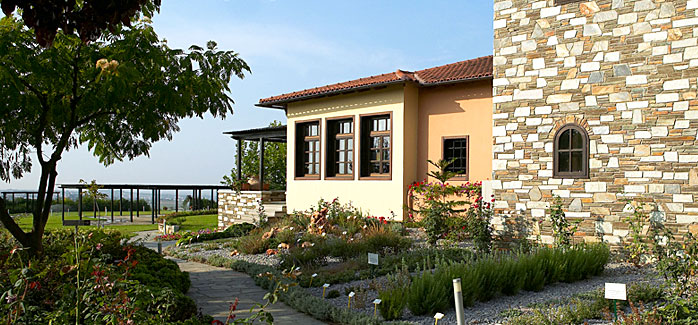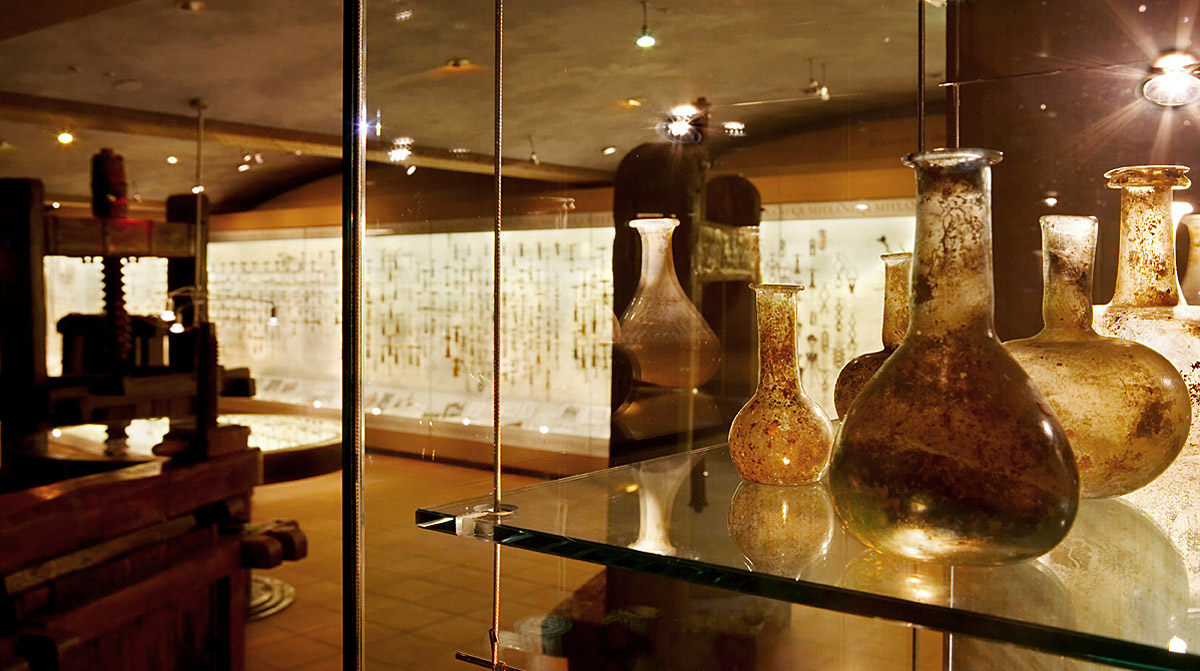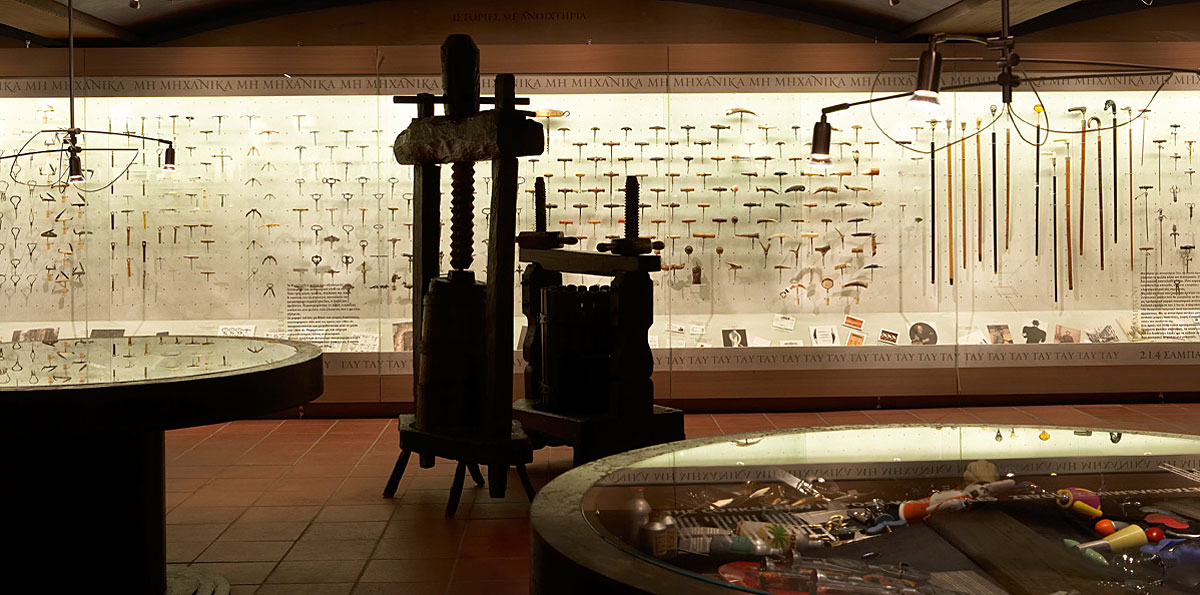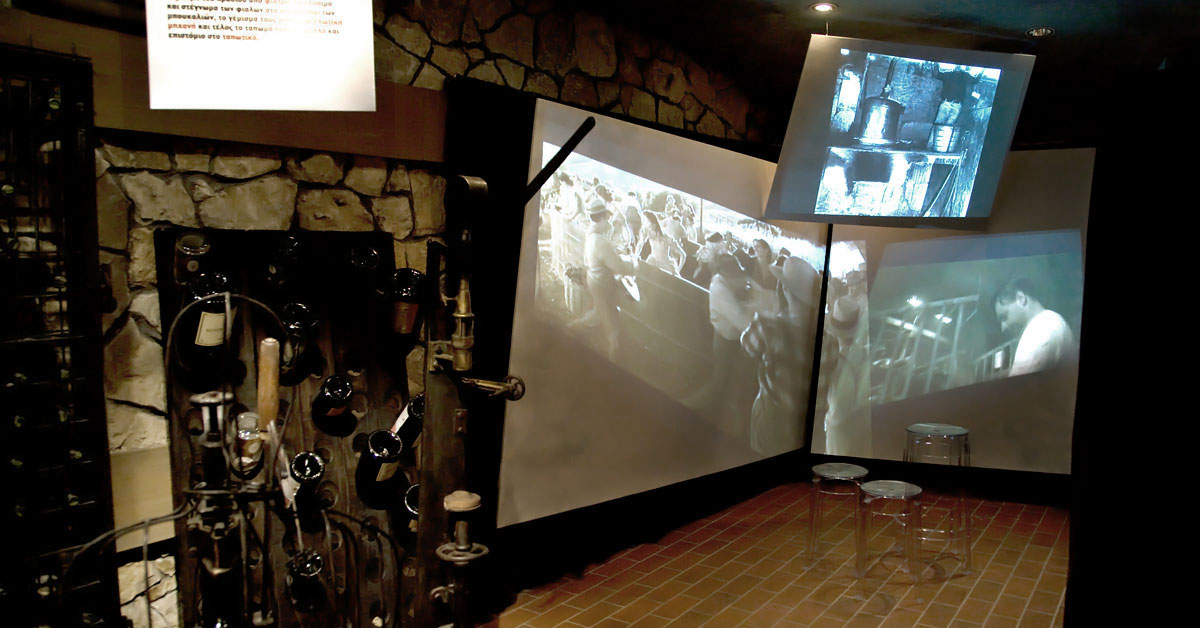Old churches

CHURCH OF AGIOS GEORGIOS (EPANOMI)
The Church of Agios Georgios is one of the oldest churches in the Municipality and is a three aisled early Christian basilica style church. This church has been dedicated to two saints, Agios Georgios and Agios Charalambos. According to testimonies there was a small church in its place, which residents demolished and built the new church in its place in 1724 (according to historical information). The Church was burned and destroyed in 1821 and was reconstructed in 1835 upon the previous church. According to the inscription on its entry window, the bell tower was constructed in 1899.

CHURCH OF PAMMEGISTON TAXIARCHON (N. KERASIA)
The Holy Church of Pammegiston Taxiarchon dominates in the town of Kerasia. It is a timber-roofed post Byzantine Basilica style Church that was consecrated in 1818 and is protected by the Ministry of Culture. According to tradition, the church has been erected at the point where the miraculous icon of the Archangel Michael was found buried. In recent years, when Kerasia was still a community (in the 1990s), the church was restored with the assistance of the archaeological department and with financial support from the residents and local authorities. It now welcomes a multitude of pilgrims on November 8th, its festival day.

CHURCH OF THE REPOSE OF THE VIRGIN MARY (EPANOMI)
This is a three aisled early Christian basilica style church of significant value that is dedicated to the Panagia (Virgin Mary) and Agios Dimitrios, which is further testified by the Holy Altars in the church. It was constructed in 1865. Visitors may admire the exceptional hagiography and Byzantine icons in the church
CHURCH OF KONSTANTINOS AND ELENI (MESIMERI)
The Church that was constructed during the Ottoman occupation dominates in the Mesimeri region. According to testimonies by residents, the church was built by the Turks so that the Greeks working on their estates could worship. The church was initially dedicated to Agios Nikolaos. It was renamed in 1924 by the refugees who settled in the town and gave it its current name.
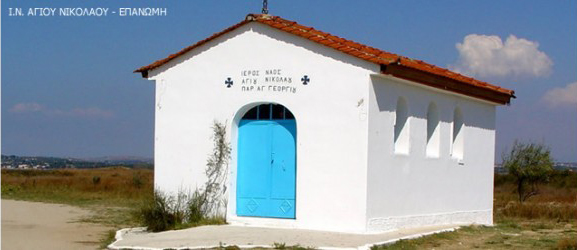
AI NIKOLAS – FANARI EPANOMI
The chapel of Ai Nikolas was constructed before the middle of the last century on the occasion of the icon of Agios Nikolaos that “surfaced” in the region after a huge sea storm.
On May 17th, its festival day, a celebration is held around the church where visitors are offered local wine, tsipouro and fresh fish.

CHURCH OF PANAGIA FANEROMENI (Ν. MICHANIONA)
This imposing and magnificent church is situated in the central Michaniona square. It has a capacity of 4000 persons and was consecrated in May 1984. The miraculous icon of the same name as the Church, which was brought here by the refugees after the Asia Minor catastrophe is held here. According to tradition, during the Iconoclast Period, a woman that was hiding the icon threw it into the sea so that it wouldn’t be destroyed. The icon surfaced at Peramos where it was found by a monk. On August 23rd, the festival day of Panagia Faneromeni, Michaniona welcomes pilgrims from all over Greece and a major festival is held that lasts for a week.



